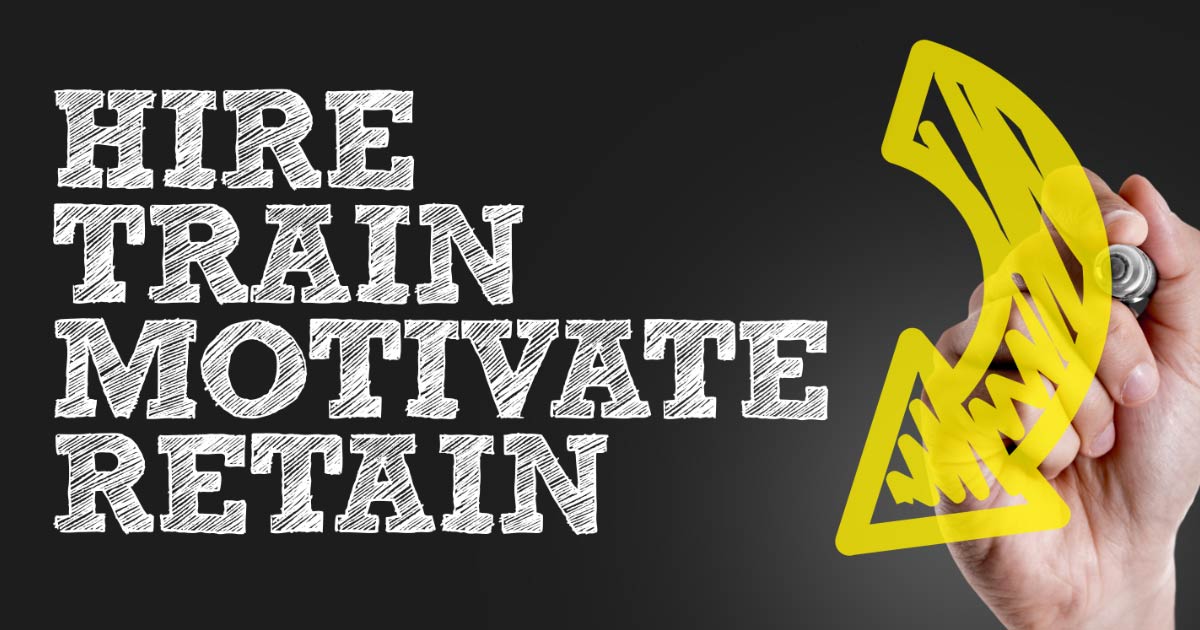Attrition is a challenge that most contact centers struggle to overcome. Take comfort in knowing that you are not alone. According to Chron.com, the average turnover rate for full-time call center employees in 2012 was 26% and 33% for part-time employees. With those numbers, it’s not surprising that retaining employees is a top priority. What leads to contact center attrition? There are many factors that relate back to the employee: he or she thought the job would be different, felt the shift expectations were unrealistic, struggled to keep up during training, posessed the wrong personality traits, or just lacked the skills to simply perform the job. Employees that are a poor fit for the position lead to high attrition rates.
Attrition leads to huge costs for companies. The Center for American Progress reported the average cost to replace an employee earning $30k annually is approximately $5k and for supervisors earning $50k annually is approximately $10k. These costs include recruiting, interviewing, prescreening, hiring, and training. The opportunity costs related to attrition are up-sell and cross-selling revenue, lost or low productivity, and most importantly, customer churn and loyalty.
What can your organization do to retain top talent and avoid unnecessary turnover?
1. Evaluate and Focus on Your Hiring-Related Processes
Traditional hiring processes are composed of applications, phone screenings, multiple interviews, final decisions and then offers are made. It’s not until after the candidate becomes an employee that their skills are tested, usually during training, and if the individual proves to be a poor fit at that stage it is usually too late to take action. In some cases, skills are tested before the offer is made, but companies usually spend money on a per-test basis and these assessments are generally used as a final check in their decision for the final candidate. There are a number of ways to improve this process. Inform candidates early on about the job they are applying for. This should include providing the candidate with a company overview and job overview, not just the job description. Be honest with candidates about what it will take for them to succeed in the job. Then assess and check the skills of each candidate via testing or another method that works for your contact center. This will provide you with a baseline to help dismiss which people should move to the next phase of the hiring process. By using this method, your recruiting efforts are more productive and meaningful.
2. Evaluate Your Company’s Culture
Identify personality traits that are common among employees who are succeeding in your contact center. Frequent employee complaints center on a lack of clarity about job performance expectations, earning potential, advancement and career opportunities, specific feedback regarding performance, failure to hold regularly scheduled meetings, and failure to provide a overall structure where the employee feels they can succeed. Compare the personality traits of to your potential candidates. General contact center traits may be strong reasoning skills with the ability to proactively uncover customers need through questioning. Persuasive selling may be a necessary trait if the employee is required to up-sell and cross-sell products and services. Then invest your resources, such as training in the right-fit candidates and hire those that meet your requirements
3. Empower Your Employees
Employees need to feel needed. Create programs for ideas and continuous improvement. Assess tools and processes frequently and ask employees to evaluate the success of those tools and processes. Encourage innovation, creativity, and continuous improvement by providing employees with ways to express ideas and reward them for participating in the improvement process. Personalized thank-you’s, lunch with the boss, or an hour of time off are all ways to acknowle hard work that don’t cost much money and will go a long way.
The results: Fewer interviews per-hire, more right-fit hires, a more efficient and consistent process, and improved overall performance. Start planning now!




